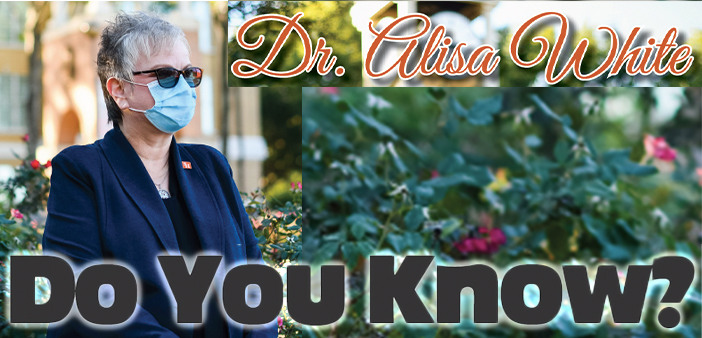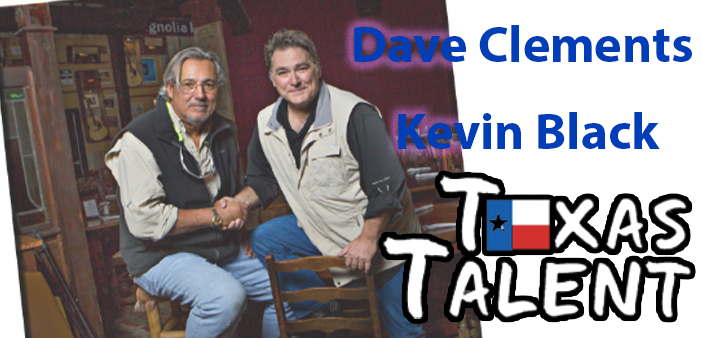We thought we would share some insights on uniquely Texan holiday hallmarks, as well as a look into the history of the Truly Texan Christmas tamale!
Fredericksburg: German Christmas Pyramid (Nov 12-Jan 6)

Wooden Christmas Pyramids are a traditional German decoration dating back to the 16th century. It is an art form that many believe evolved into our current custom of a Christmas tree. Artisans would create figurines depicting each part of a story and arrange them in order on the tiers of the pyramid. Typically, Christmas pyramids tell the Nativity story of Jesus’ birth and include angels blowing their trumpets, shepherds visiting the stable, and magi bringing gifts. While still a storytelling form of art, Christmas pyramids serve a mainly decorative purpose today. Most are table-top size and used in homes as a holiday decoration—filling children and adults alike with holiday cheer as lighted candles spin the windmill round and round.
Fredericksburg’s 26-foot Christmas pyramid, handcrafted in Germany, was first displayed at Marktplatz during the 2009 holiday season. It is illuminated each year in November, kicking off the Christmas season in Fredericksburg, and remaining lit through the first week of January. It was the first large-scale German Christmas Pyramid in the United States and stands every holiday season symbolizing the town’s lasting German heritage.
San Antonio: River Walk Christmas Lights (Nov 9-Jan 4)

San Antonio River Walk or Paseo del Río is 15 mi long. Its major highlights include the Arneson River Theatre, Marriage Island, HemisFair Park, the Tower Life Building, the San Antonio Museum of Art, and the city’s five Spanish colonial missions, which are listed as World Heritage Sites.
Christmas Lights display on the River Walk features over 100,000 lights arranged over the trees and buildings lining the River Walk. The lights on the river stay on from 6 pm to 8 am. The River Walk is a public space and visiting the display is free. However, you can take a paid river cruise on an illuminated boat to fully experience the light’s magic.
Dallas: The Trains at NorthPark Mall
(Nov 14 – Jan 3)

This holiday tradition has been in place for 33 years. The model train exhibit includes 1600 feet of track on a journey across America. The trains travel from the autumn foliage of New England to San Franciso’s Golden Gate Bridge, with stops along the way in New York City, Washington DC, Dallas, the Grand Canyon, and more. The event is an annual fundraiser benefitting Ronald McDonald House of Dallas and has raised over $13 million to date.
Galveston: Dickens on the Strand (Dec 5-6)

For more than 46 years, Galveston Historical Foundation has hosted Dickens on The Strand in downtown Galveston to experience the architecture, sights, and sounds of a Victorian holiday. This year finds the beloved annual event in a new configuration while addressing the ongoing impact of COVID-19. Each of five Dickens themed squares will feature entertainment, pubs, and food options with a specially designed holiday market on Pier 21 while adhering to local, state, and federal guidelines on public gatherings. Guests in Victorian attire will receive a limited-edition commemorative keepsake.
Galveston: Moody Gardens (Nov 21-Jan 2)

Enjoy a festive stroll along this mile-long trail featuring more than two million lights and lighted scenes themed to holiday music that take you around the Moody Gardens property with spectacular views of Galveston Bay. See Star the Dancing Tree of Light. Measuring in at 4 stories tall, this magnificent digital dancing tree of light shines brighter than any Christmas tree in Texas!
Marshall: Wonderland of Lights (Nov 25-Dec 31)

Conceived in 1987, Wonderland of Lights rivals the best Christmas lighting events in the country. Millions of white lights illuminate the historic Harrison County Courthouse as downtown Marshall is transformed into a Winter Wonderland. 2020 will be a modified year observing limited nightly activities and amended special events. There will be no ice skating, carousel, train rides, or traditional Santa’s Village this year as a COVID-19 precaution.
Christmas Tamales

The custom of making tamales originated with the native American people who lived in Texas and Mexico and interacted with Spanish explorers, sharing their cuisines. Like most Tex-Mex corn-based dishes, the name tamale was derived from the Nahuatl language of the Aztec people, who lived in Texas during the time of the Spanish exploration.
The first Spaniards to arrive in Texas encountered a variety of Native American groups who ate different diets. Sedentary groups, such as those at La Junta de Los Ríos, cultivated such crops as corn, beans, tomatoes, potatoes, squash, pumpkins, sunflower seeds, and peppers.
In early times, the Native Americans ate corn in one form or another at almost every meal. In its tender (roasting ear) stage, it is eaten fresh as elotes or boiled and dried for future use. In its mature stage, corn is toasted on a comal and ground into a fine powder. Early in the twentieth century, corn tortillas were made almost daily.
The Spanish word for “dough,” masa is made with sun- or fire-dried corn kernels that have been cooked in limewater. After being cooked, then soaked in the limewater overnight, the wet corn is ground into masa. Masa harina, available in many supermarkets across the state, is flour made from dried masa. These days, most people here buy masa flour at the supermarket to make their tamales.
A century ago, tamale-making was such a time-intensive process that tamales were considered a special occasion dish, made only for celebrations and solemn offerings. Today, Christmas, Easter, and saints’ days are often honored with tamales. Well worth the time and effort, every tamale is a delicious gift waiting to be unwrapped.



